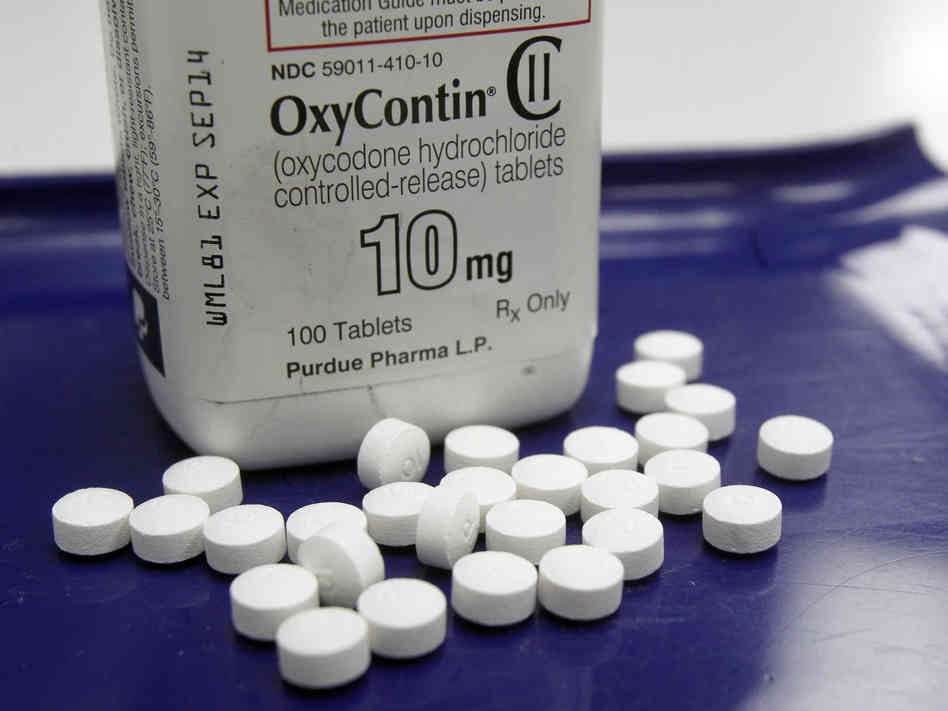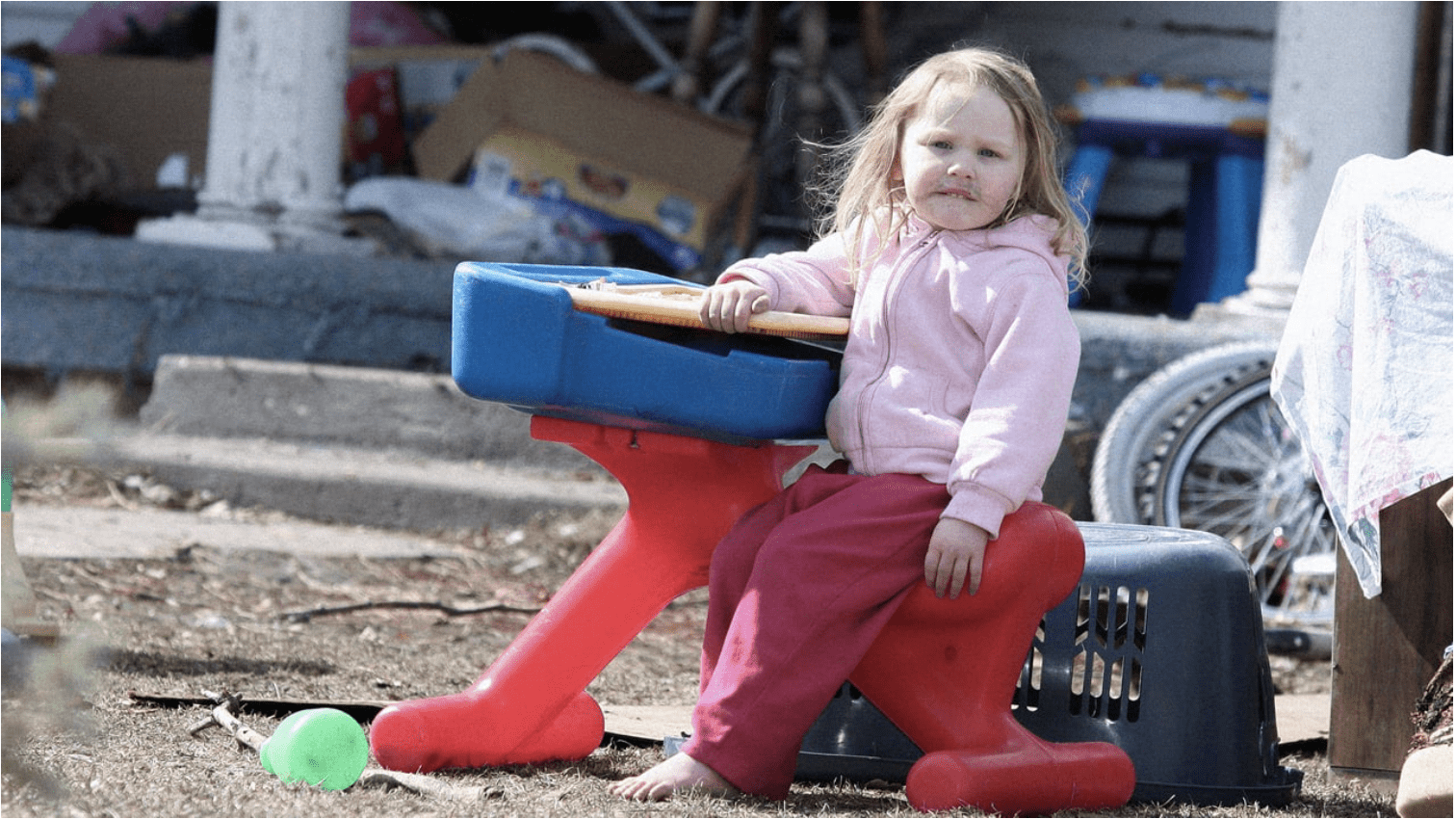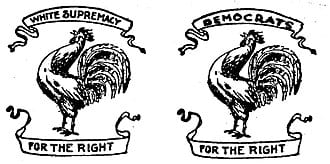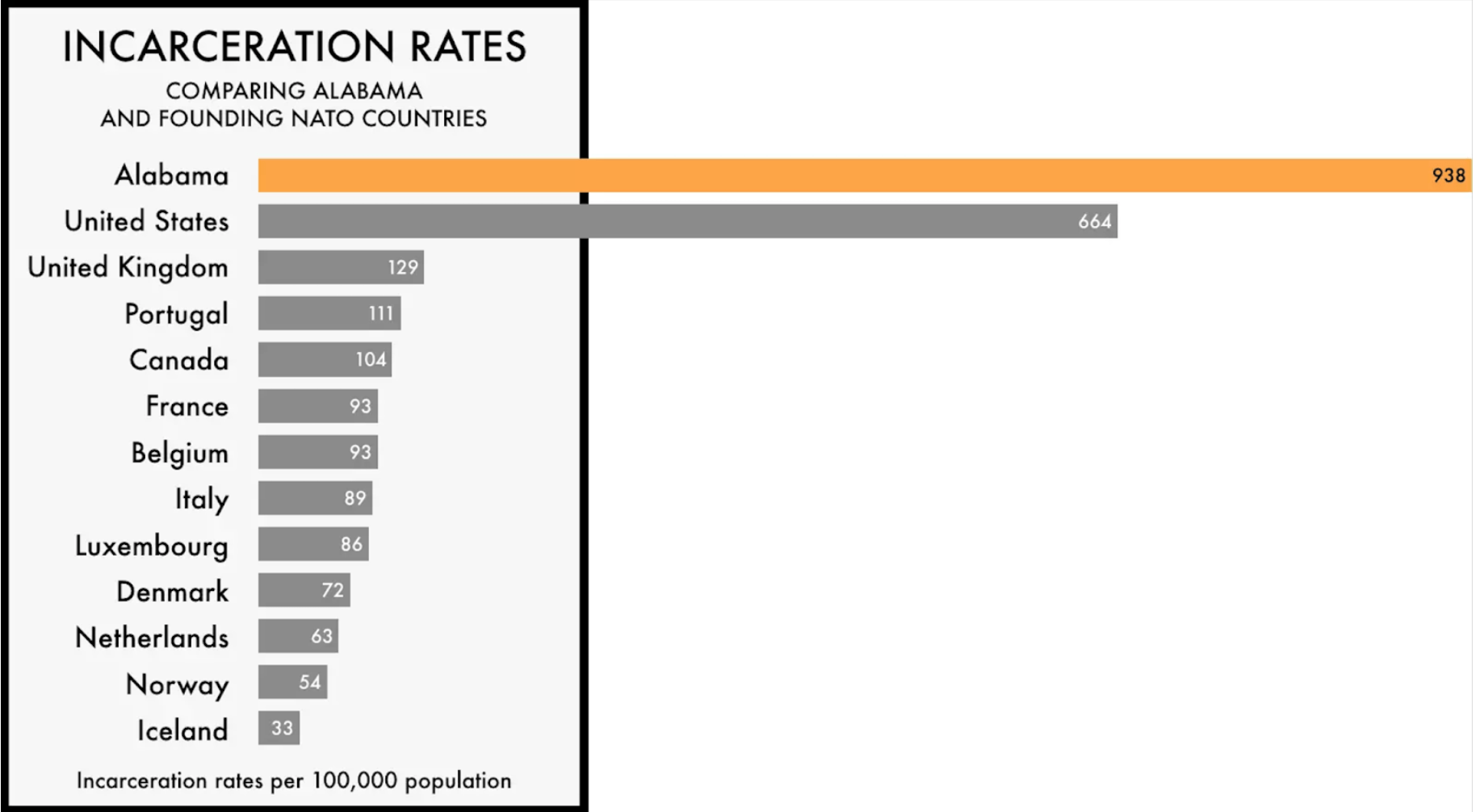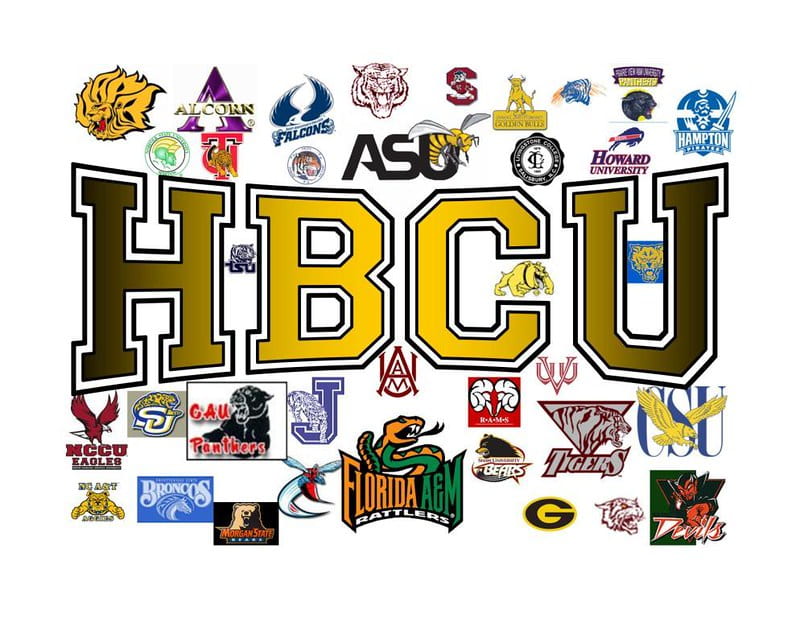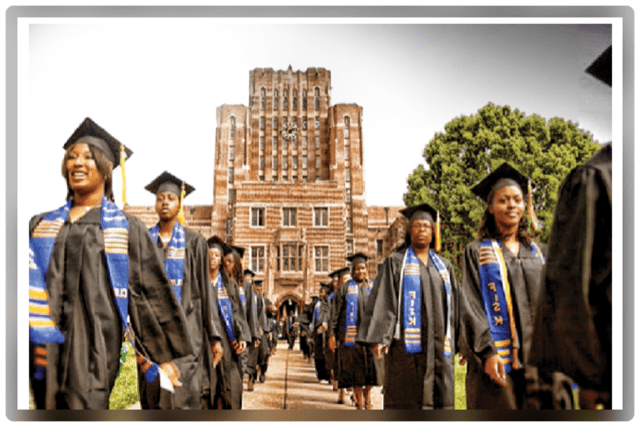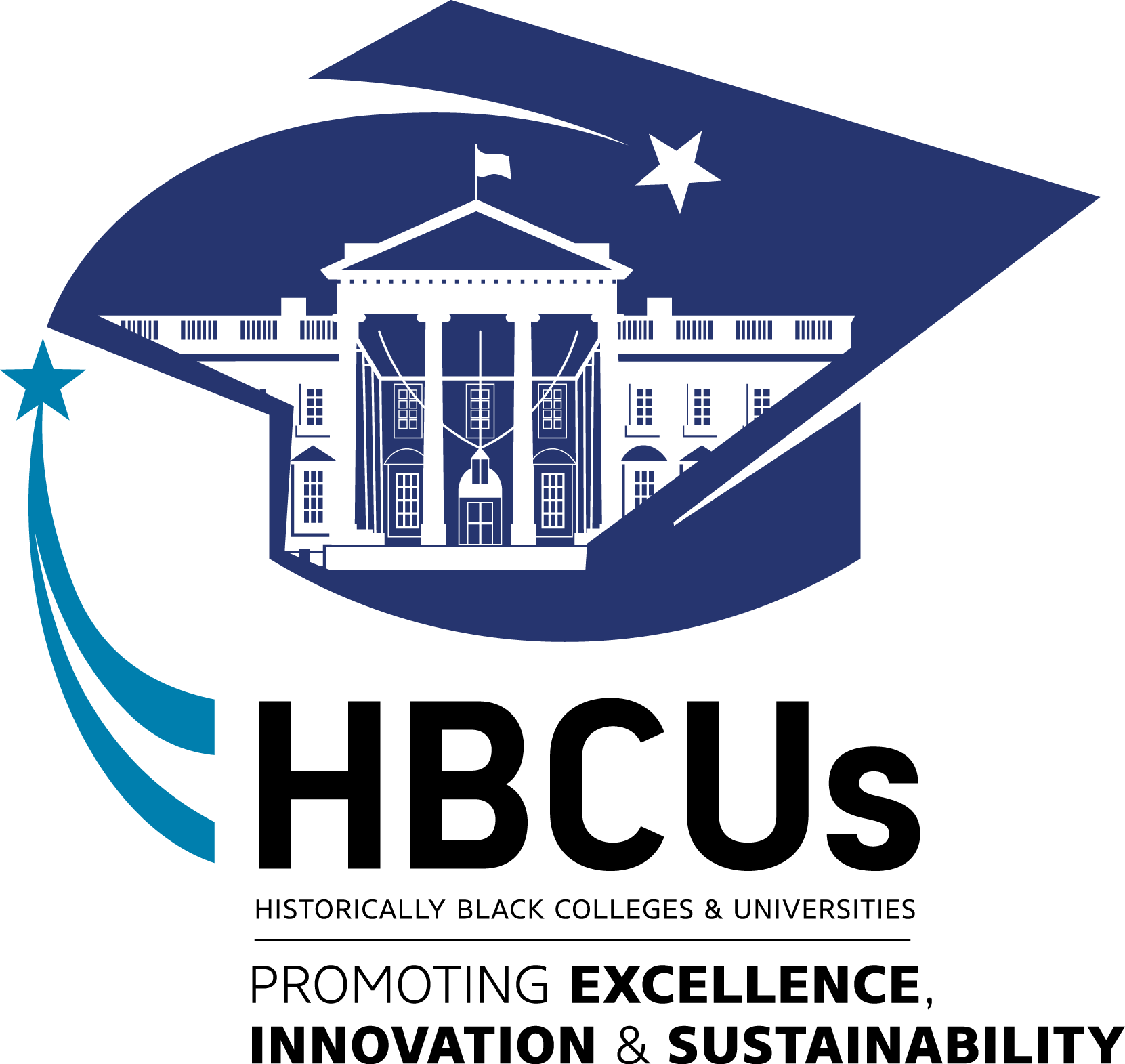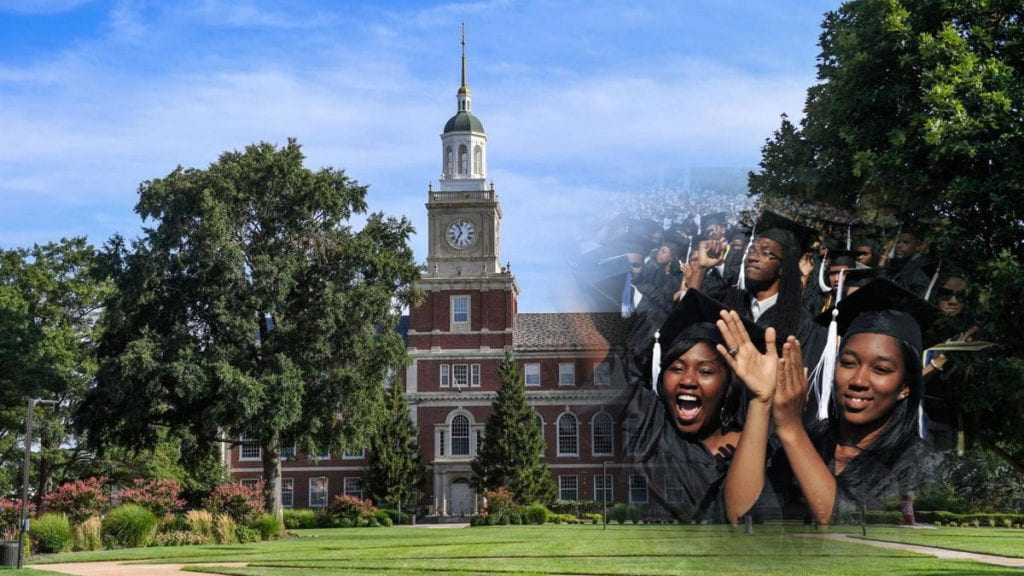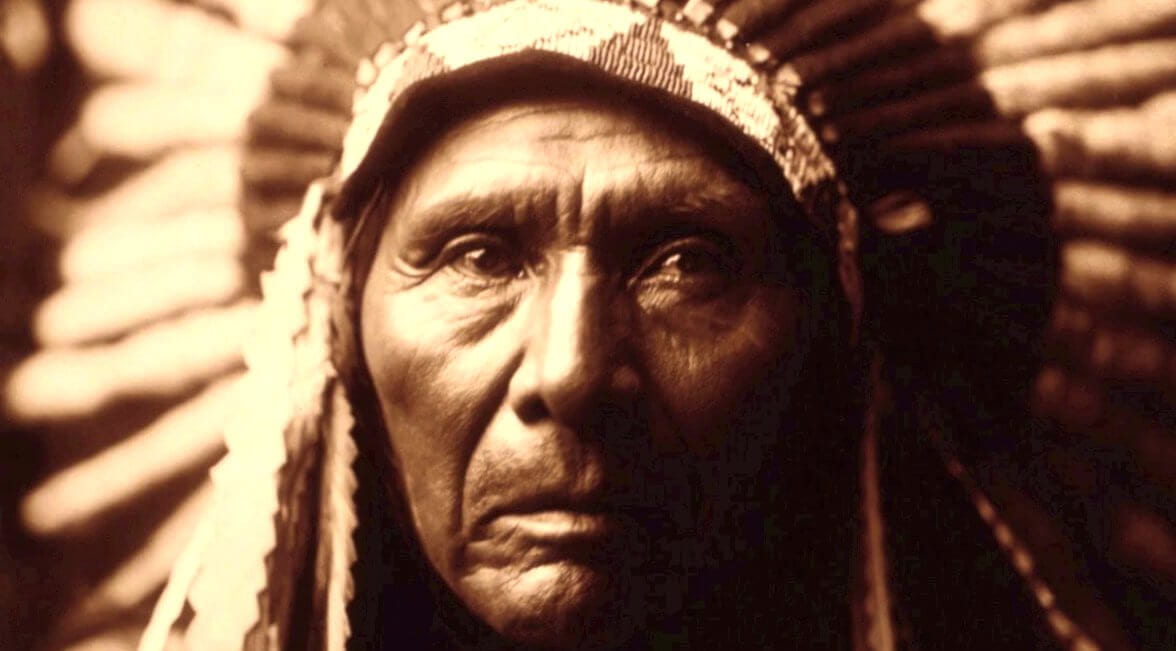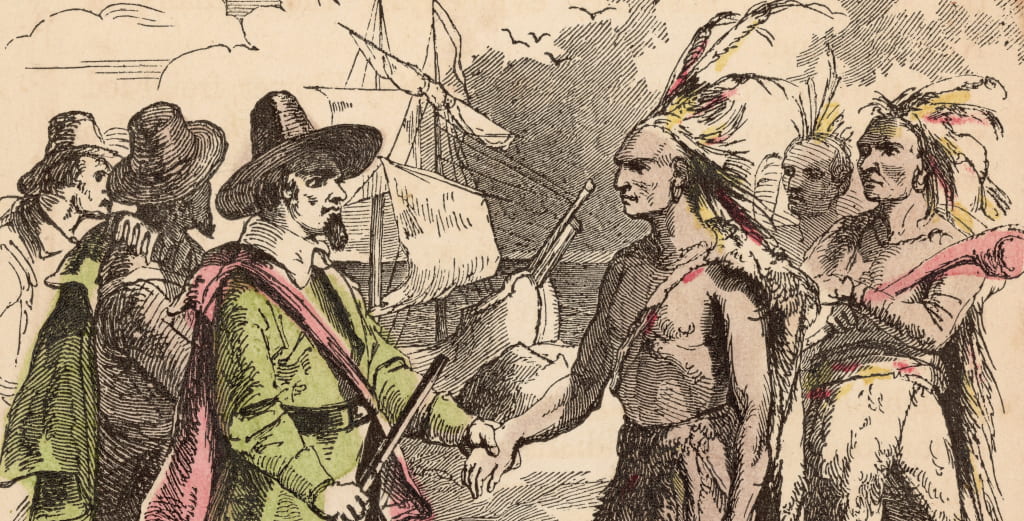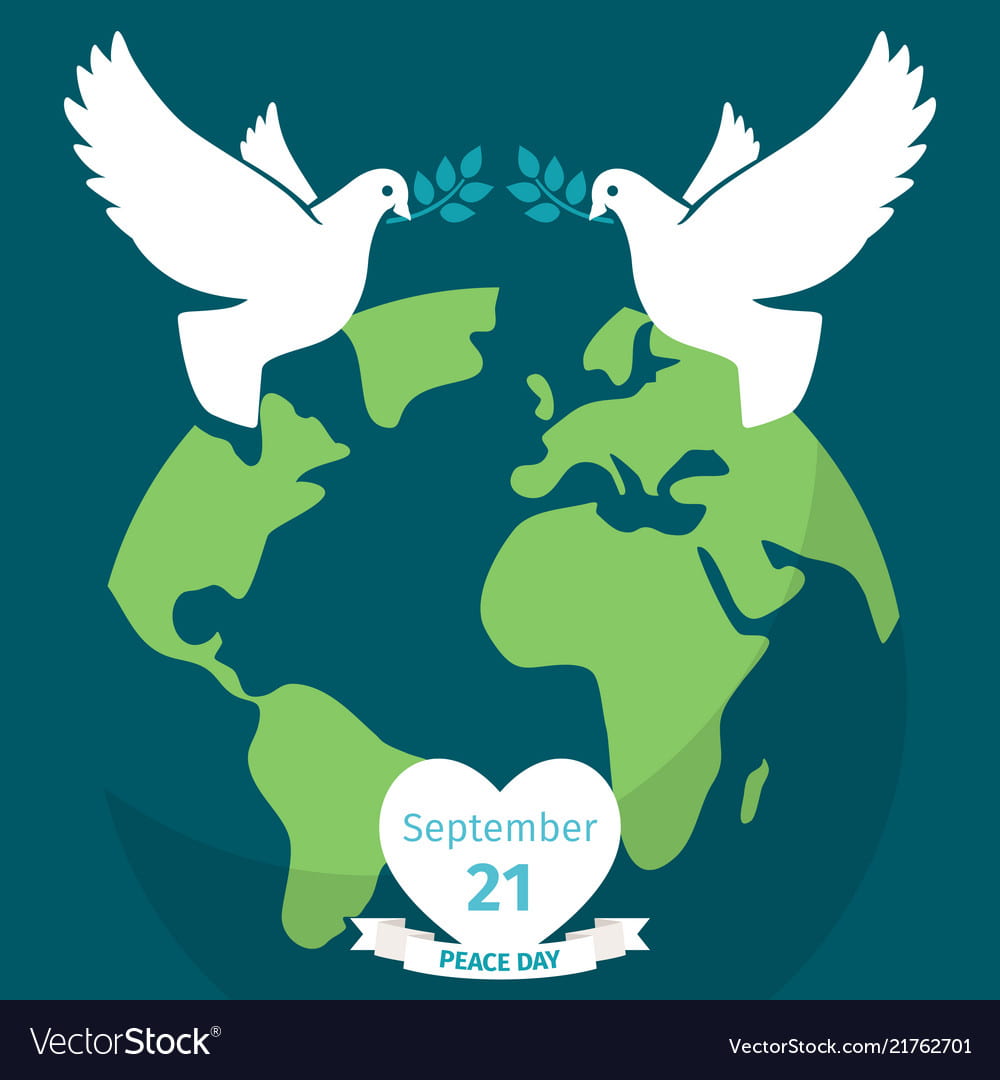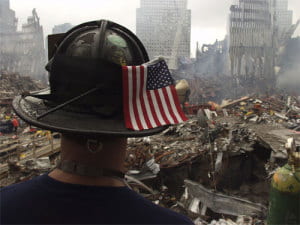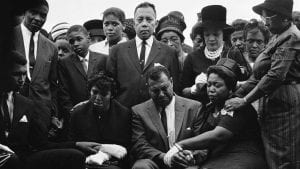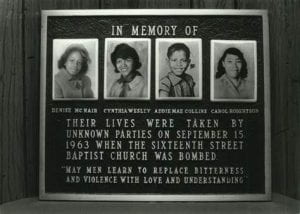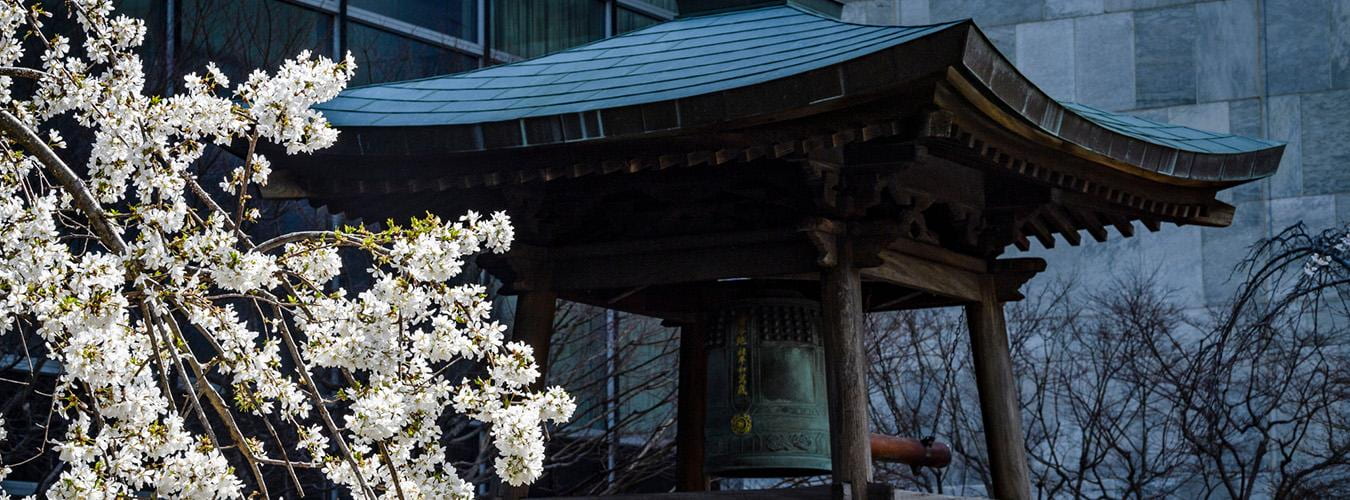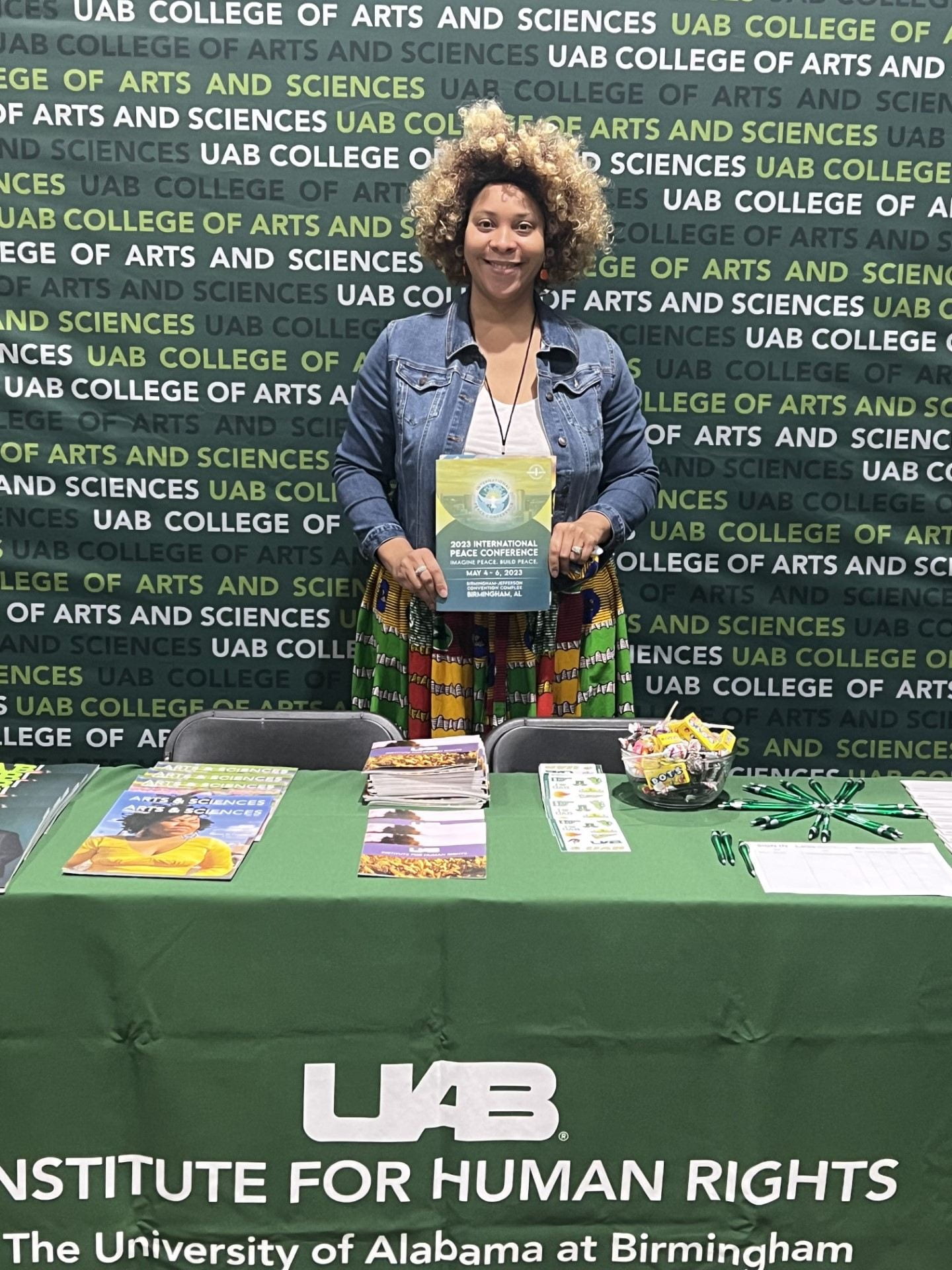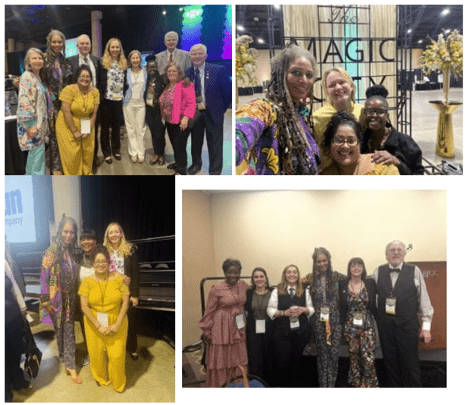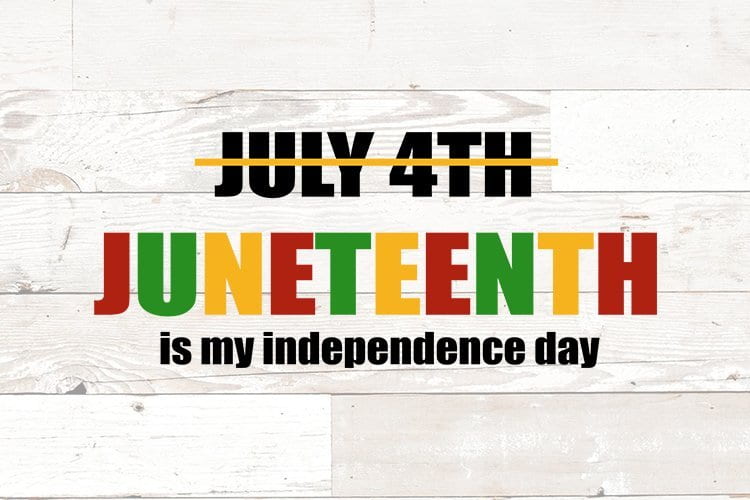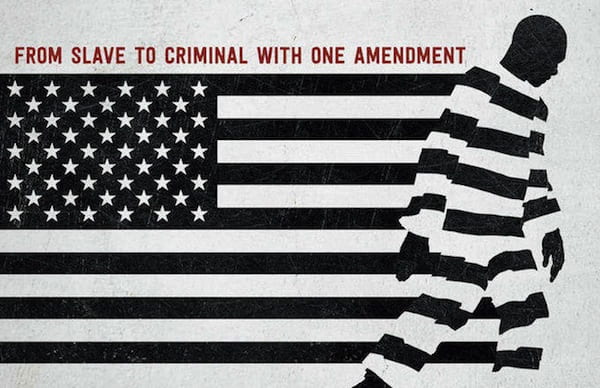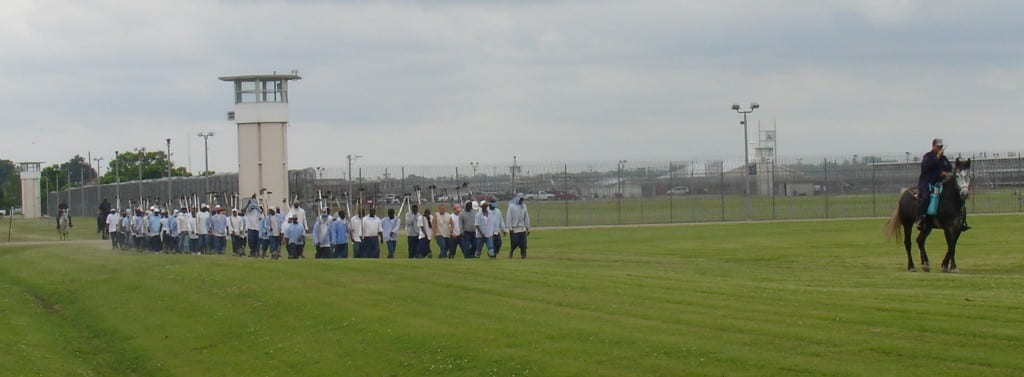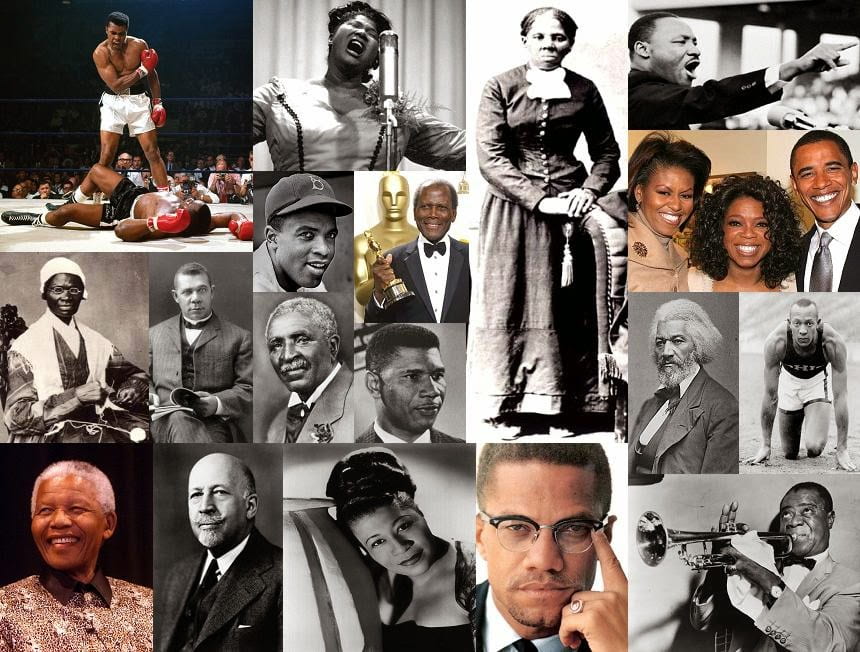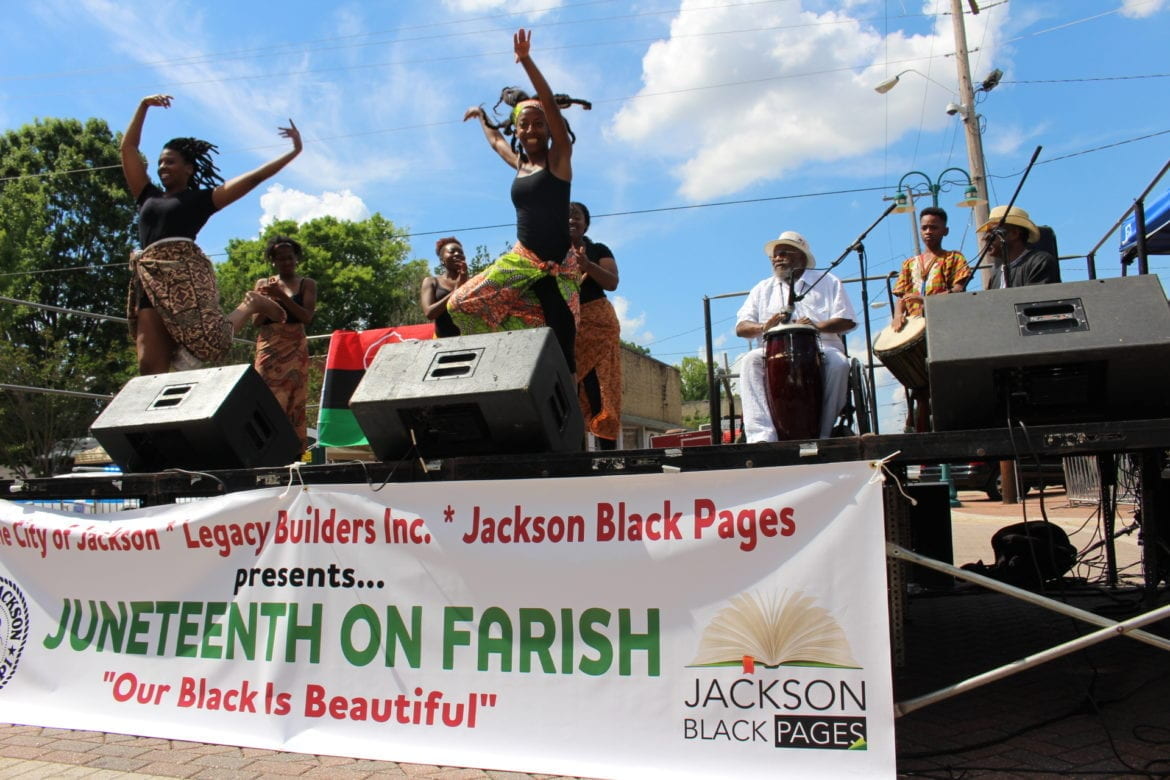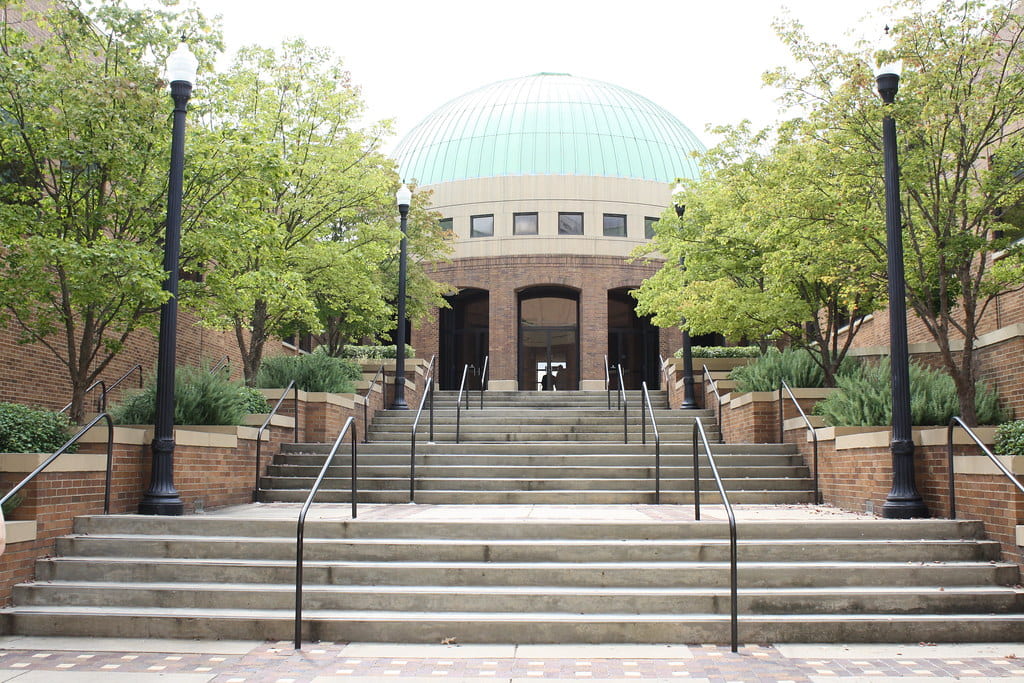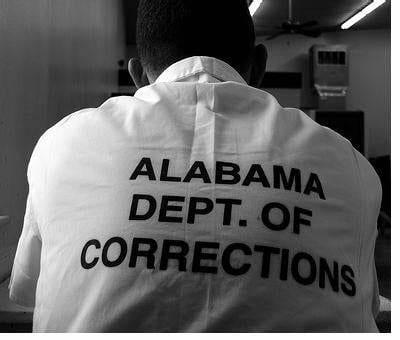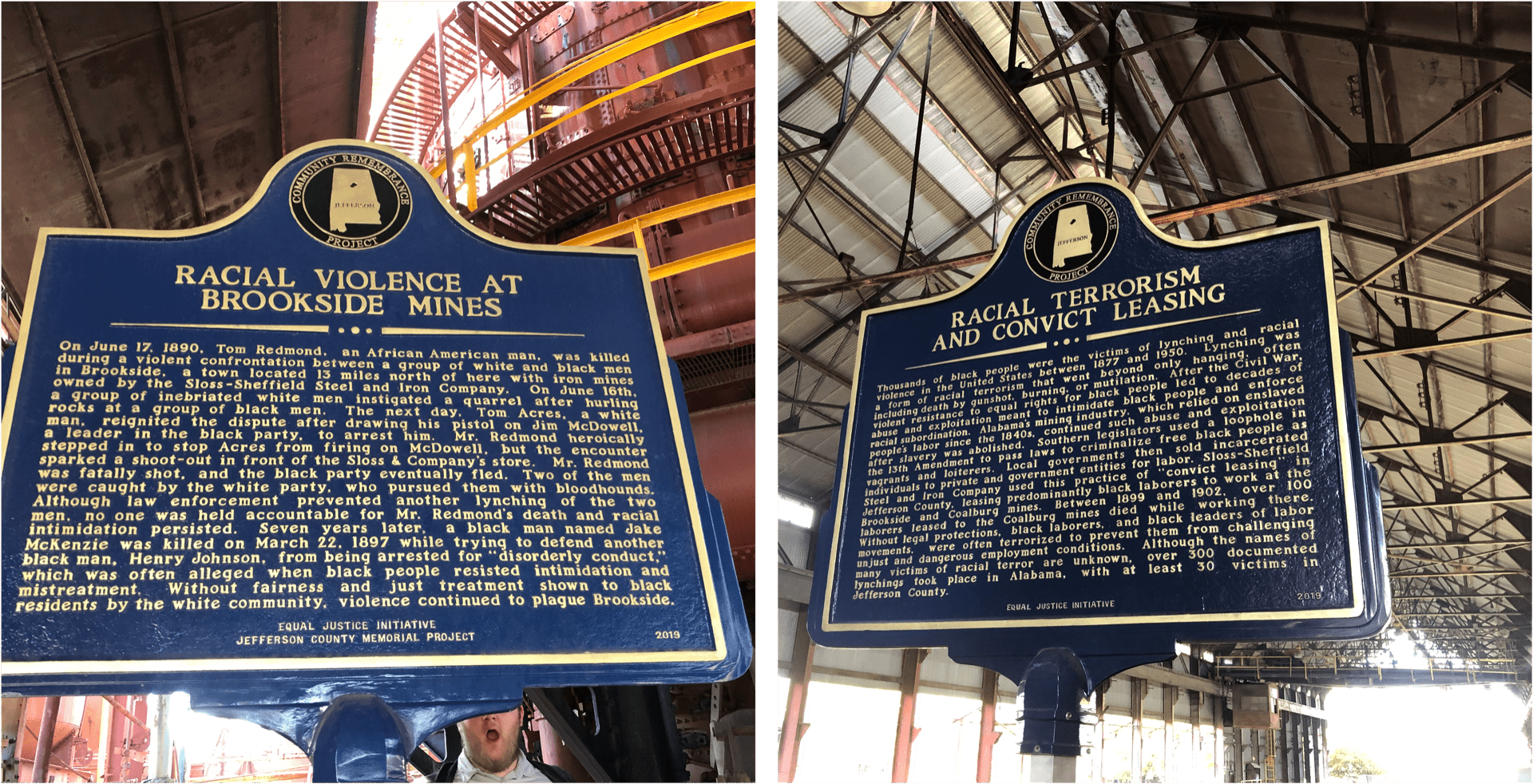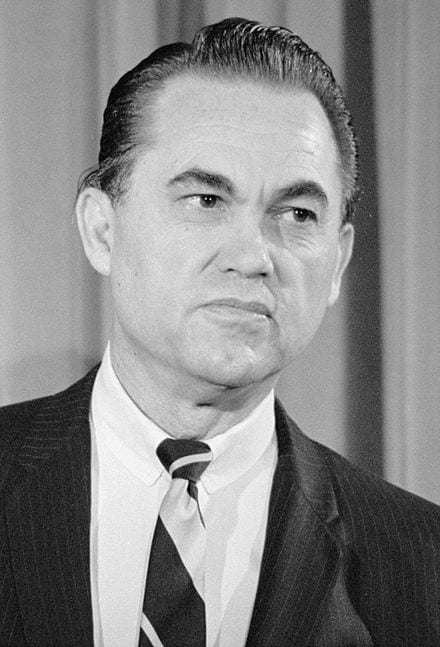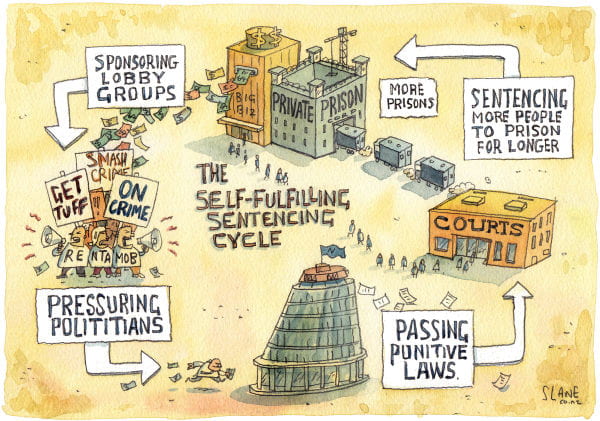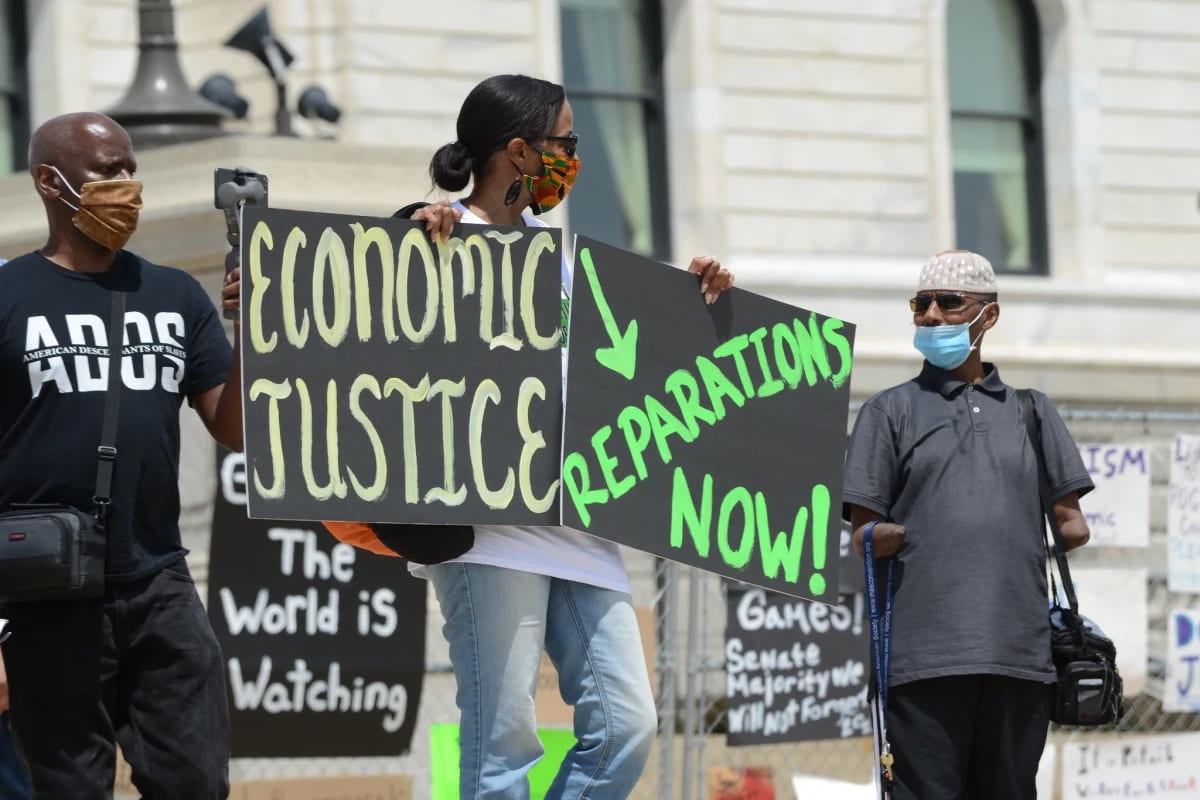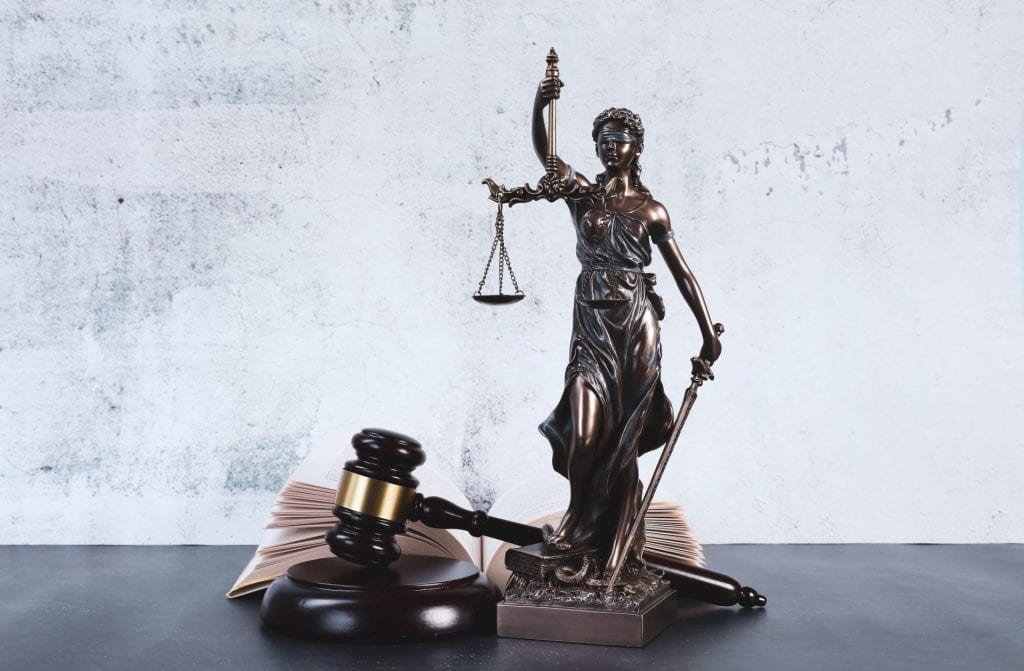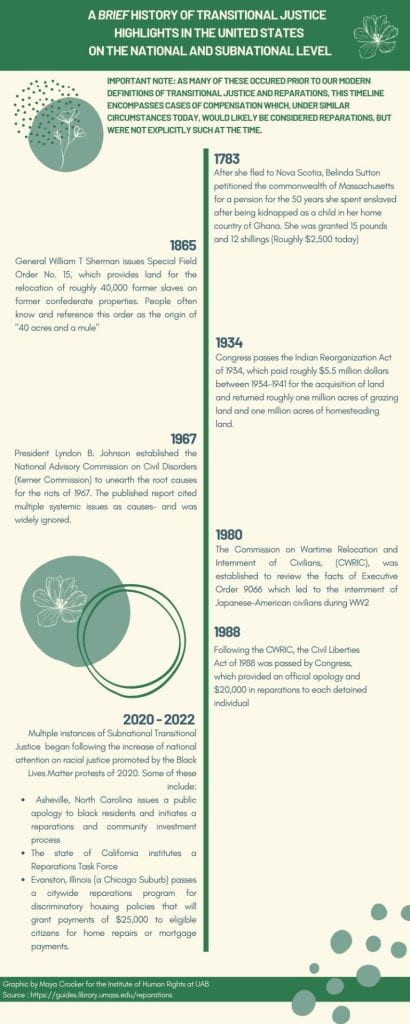Because racism and colorism are persistent parts of reality in the world we inhabit, this blog post will be focusing on racism and colorism, specifically in Cuba. Cuba, an island located in the Caribbean, has dealt with racism historically and currently. On December 9th, 2024, representatives of the Cuban state and civil society met at the International Conference Cuba 2024 for the Decade of African descendants, which promotes an anti-racist cause. Five years previous to this, the Cuban Council of Ministers approved the National Program Against Racism and Colorism because they felt that there was a strong need to eliminate prejudices in Cuba. One may ask what some of the things that led to the Council’s decision were. It is therefore important to look at Cuba’s history in order to understand the current Cuban state.
Historical Context

Cuba has an extensive colonial history; it was colonized by the Spanish. Until 1810, Cuba was officially part of the vast Spanish Empire that spread out across the Americas. It was also one of the key ports in the Atlantic world of plantation economies and slavery. According to Alexander von Humboldt, the Spanish Empire represented the true wealth of America, because the competing colonies were small islands and coastal settlements. Spain lost its mainland colonies during the Spanish American wars of independence, which lasted until about 1830, but the majority of the Cuban elite remained loyal to Spain for economic reasons. The Cuban colony had previously built a crucial sugar industry that relied on an extensive amount of slave labor. Havana and Matanzas had become the wealthiest agricultural region in the Atlantic/ American world. It was home to a highly industrialized form of export agriculture known as “Cuba A” or “Big Cuba,” characterized by large-scale slavery, modern sugar mills and advanced infrastructure like railroads. From 1820 to 1870, Cuba also depended heavily on the illegal slave trade, which provided the financial and human foundation for its expanding sugar-based economy.
Racism in Cuba was based on supposed biological differences. The first efforts to develop a legal understanding of the Cuban Black class were undertaken by Spain’s imperial elite through the introduction of new slave codes in 1785 and 1789. In the “Código Negro Carolino” for the island of Santo Domingo, the Crown and its colonial power structures aimed to codify a rigid hierarchy of social classes organized according to skin color and geographic ancestry which was based on Africa. At the bottom of this system was the “negro class” made up of enslaved people. Right above the enslaved people were the free people of color, classified as Blacks, Mulattos, and Pardos.
Marriage across these color lines allowed for limited movement within the hierarchy. When a darker woman ranging in classification from Black to light mulatta married a lighter-skinned man, their children could occupy one of several intermediary ranks of Tercerones and Cuarterones. By the sixth generation, if the paternal line had consistently remained white, the descendants could legally be recognized as white. As these codes established and reinforced the boundaries of the Black class, separating it sharply from other colonial castes, the Spanish Crown opened paths for social mobility. Wealthy Morenos, Pardos, and mulattos were permitted to purchase the privileges of whiteness such as title “don,” membership in elite professional guilds, and higher education. As a result, these reforms both institutionalized races as a legal category and reinforced Cuba’s racial order. However, limited upward socioeconomic mobility was available for those who could afford it.
Bringing it Back to the Present

Castroism, though it claims to be egalitarian and did result in material gains for the Afro-Cuban population, did not eradicate racism. Behind all of the government’s efforts to promote equality hid the continual traces of colorism and racism in Cuba. Although Cuba projected itself internationally as a champion of racial justice, this image hid continuous forms of inequalities at home. After the Cuban revolution, official claims that racism had been eliminated made public discussions of race taboo. The Castro government even dissolved Afro-Cuban clubs and associations that had long served as spaces for advocacy and mutual support. This is in direct violation of Article 1 of the UDHR which states that all human beings are born free and equal in dignity and rights and that they are endowed with reason and conscience and should act towards one another in a spirit of brotherhood. The silencing of Afro-Cuban Clubs that served as a place for advocacy shows that the government and others within Cuban society did not want Blacks to have much of a say-so, perhaps because they did not feel as if the Afro-Cubans had the same status and dignity as the rest of the population.
This illusion of racial unity began to unravel following the collapse of the Soviet Union in 1989. Subsequent reforms reshaped Cuba’s economy and exposed the racial disparities that revolutionary rhetoric had long denied. Today, racial hierarchies remain deeply embedded in everyday life. In fact, speaking openly about racial inequality can result in social backlash. This was the case as Afro-Cuban clubs face backlash as they tried to talk about disparities in the Afro-Cuban community and provide advocacy. This is also a direct violation of the UDHR’s preamble as it describes that freedom of speech should be enjoyed by all. It is also a violation of Article 20, which says that “everyone has the right to freedom of peaceful assembly and association.”
Colorism

One way that colorism and anti-Blackness manifest in Cuba occurs in the tourism industry. Tourism is one of the country’s main industries, and job postings in this field often use coded phrases such as searching for “buena presencia,” which translates to “good appearance”. “Good appearance” implicitly refers to physical features that are less common among Cuba’s Black population. Such practices continuously push the social and economic dominance of whiteness and scream the remnant voices of colonialism.
Colorism is also prevalent in homes, which is where racial learning begins. Cuban families are often racially diverse, and siblings can be categorized differently depending on their appearances. Within households, casual comparisons between pelo malo, which means “bad hair” and is used to refer to kinkier and darker hair, and pelo bueno, which translates to “good hair,” reflect and reproduce racial hierarchies. This shows that many Black Cubans encounter prejudice first not from the government or from other citizens, but from relatives who believe the same biases and prejudices that marginalize them.
Afro-Cubans are aware of this prejudice, as is made clear in an interview conducted by Lulu Garcia Navarro, a journalist who went to Cuba during a 2021 protest. She found that it was the Afro-Cubans that represented the majority of those involved in the protests. She said that during her visits to Cuba, she heard Afro-Cubans talk about how they are referred to in a different way or discussed differently than their white or lighter-skinned counterparts. She provided more context for listeners by interviewing Dr. Amalia Dache, a professor at the University of Pennsylvania who researches Cuba, about this phenomenon. Dache confirmed that the lighter-skinned Cuban population saw the darker skinned Afro-Cuban population as subordinate or as second-class citizens. She then said that “The colonial system of race did not end with the revolution.” Clearly, Cuba has a long way to go when it comes to building a society that respects all people. Still, there are efforts to improve, as demonstrated by the strong Cuban presence at the May 2025 meeting of the Permanent Forum on People of African Descent at the United Nations. It is also encouraging to see that, since April 2018, there have been many high-level politicians in Cuba who are Black. As Raúl Castro noted in his April 2018 retirement speech, racism is still rife in Cuba. However, Afro-Cubans are working hard to change this.


